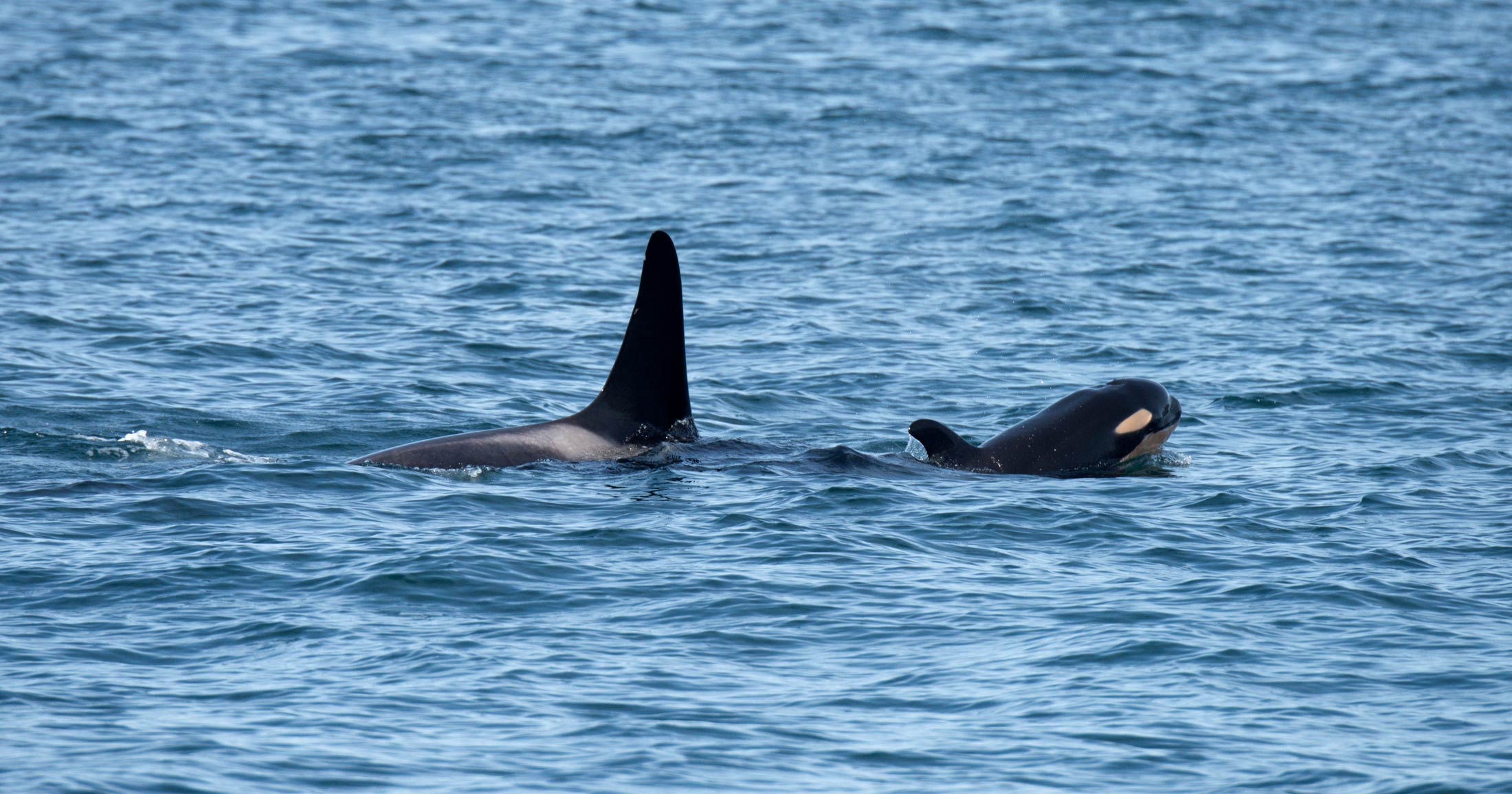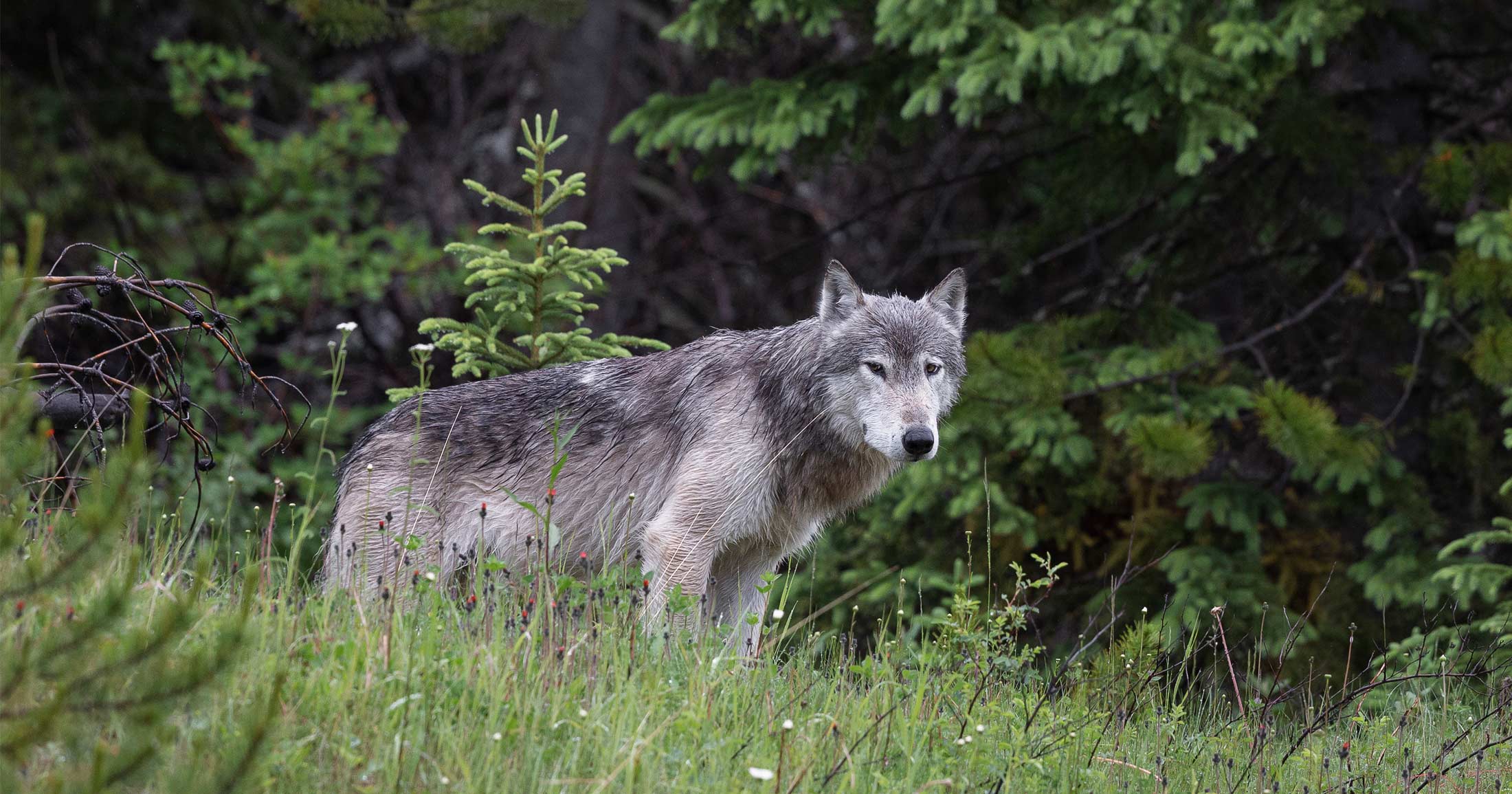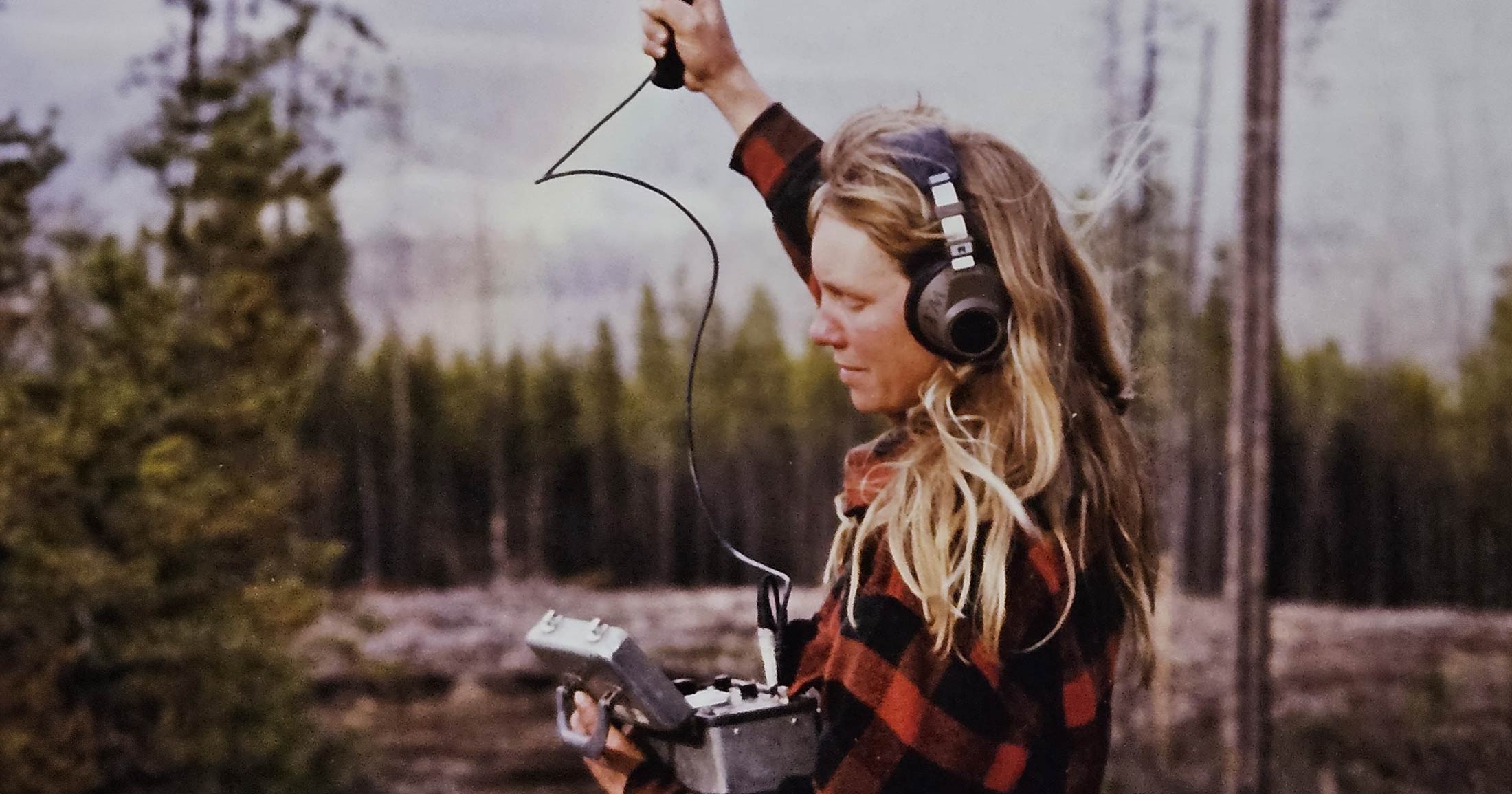Advancing non-invasive approaches for monitoring wildlife: considering the ethics of developing new techniques
Obtaining data from non-invasive samples can be challenging, and often requires the development of laboratory techniques specially designed for samples of small quantity.
A theme that underlies our research in the Applied Conservation Lab is that we aim to apply methods that are minimally invasive to wildlife. This ethos emerges in large part from our partners in First Nations communities, who have taught us many important lessons about respecting the people, places, and animals where we work. Our academic mentors, Dr. Paquet, Dr. Darimont, and others at Raincoast have further shaped and supported this philosophy of non-invasive research. Accordingly, much of our research hinges on obtaining information from samples such as hair and scats, which we collect without capturing or handling wildlife. A new paper that colleagues and I have recently published in the Journal of Applied Ecology, however, has gotten me thinking about both the importance and ethics of developing new techniques for non-invasive research.
Obtaining data from non-invasive samples can be challenging, and often requires the development of laboratory techniques specially designed for samples of small quantity. Sometimes our research goals require that we contribute to the development of new techniques. For example, I spent a large part of my graduate studies in the lab validating assays for measuring stress and reproductive steroid hormones in the hair we had collected from bears. As part of this work, I began looking carefully at the variety of methods that had been used previously for analyzing hormones in hair, and summarized the information into a large table. Over the past eight years, my colleague, Lee Koren, and her lab group have continued to update the table to keep track of developments in the field. We recently summarized the contents of this table in a paper, with the goal of identifying the progress and outstanding challenges related to applying the analysis of hormones in hair to wildlife studies.
Sometimes our research goals require that we contribute to the development of new techniques. Tweet This!
Overall, we found that the analysis of hormones in hair has been applied to address a wide array of ecological questions in 40 different species. Applications included the evaluation of effects of environmental disturbances, such as wind turbines, food shortages, and climate change, on wildlife. Collectively, these applications reveal that hormonal data from hair may be used to understand the ways by which wildlife respond to environmental change, which may inform conservation planning. An outstanding challenge, however, is that the mechanisms by which hormones enter hair are not well understood, which means relating hormonal levels in hair with biological and environmental events is challenging.
Our findings highlight the need for further studies that are carefully designed to address these knowledge gaps. Unfortunately, some of the studies that are typically used for this type of validation require manipulating the hormone levels of captive wildlife or closely related domestic species, which is counter to the philosophy of conducting non-invasive research. For me, the need for these studies presents an ethical dilemma. On the one hand, improved methods for non-invasive research—if applied and interpreted carefully—have the potential to benefit wildlife through more targeted conservation planning. On the other hand, it’s not clear to me whether the intended applications justify experiments on captive animals, which could include administering injections to stimulate hormonal responses followed by the collection of samples such as blood, feces, and hair.
Although I don’t know the answer to this dilemma, I hope that researchers contemplating studies in this area will first weigh the benefits of further research with ethical considerations around performing validation studies on captive animals. Second, I hope that any research done is designed with a great deal of thought to minimize the number of animals involved as well as any harm or distress caused by the studies, while at the same time providing credible answers that will enable more reliable interpretation of hormone levels in hair.
Koren L, Bryan H, Matas D, et al. Towards the validation of endogenous steroid testing in wildlife hair. J Appl Ecol. 2018;00:1–15. https://doi.org/10.1111/1365-2664.13306 [icon icon=”external-link”]
This article was first published at the Raincoast Applied Conservation Lab.
You can help
Raincoast’s in-house scientists, collaborating graduate students, postdoctoral fellows, and professors make us unique among conservation groups. We work with First Nations, academic institutions, government, and other NGOs to build support and inform decisions that protect aquatic and terrestrial ecosystems, and the wildlife that depend on them. We conduct ethically applied, process-oriented, and hypothesis-driven research that has immediate and relevant utility for conservation deliberations and the collective body of scientific knowledge.
We investigate to understand coastal species and processes. We inform by bringing science to decision-makers and communities. We inspire action to protect wildlife and wildlife habitats.










